Moro reflex and infant twisting
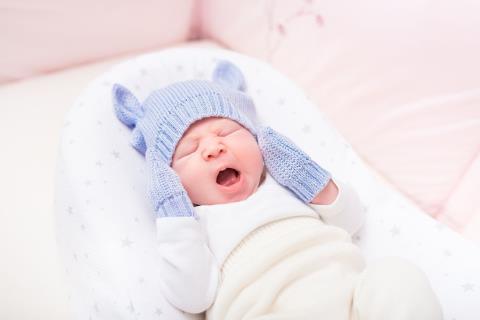
Why is your baby startling, twisting, waking, not sleeping deeply? Newborn sleeping or twisting, leaning and startling in the first months of life is a very normal physiological phenomenon, it usually only lasts for a few seconds and then disappears immediately, so parents should not worry too much. However, there are also medical conditions associated with this condition. This article will help you better understand this primary reflex of newborns and possible pathological causes.
content
- 1. Primary reflexes of the child
- 2. Moro reflex (twisting reflex):
- 3. Pathological causes that can cause twisting and startling in children:
- 4. What to do when an infant is twisted while sleeping:
1. Primary reflexes of the child
1.1 What is a primary reflex?
Called primary reflexes because these are necessary reflexes, inherent in newborn babies.
Newborns are quite intelligent from the moment they are born. In fact, from day one they instinctively grasp the base of the breast with their fingers and the base of the breast, these are actually two of the newborn reflexes that babies are equipped with.
These newborn reflexes, including the Moro reflex or the startle reflex, are so important your pediatrician will check for them at your baby's first doctor visit on day one. or the second day after the baby's birth.
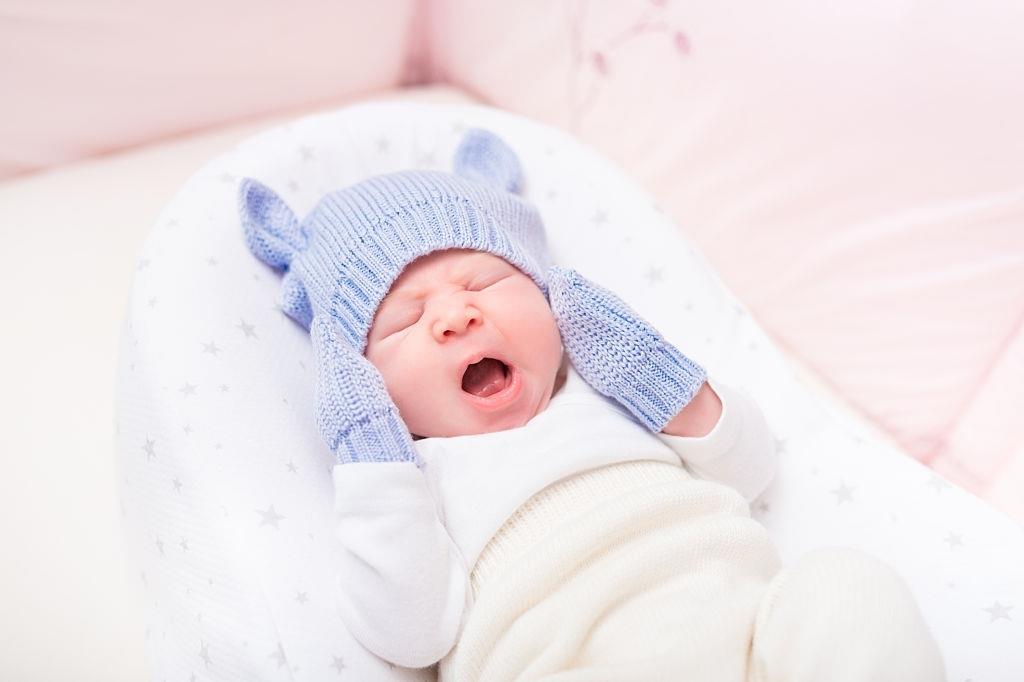
Moro reflex
While it may seem like a baby's reflexes are intentional movements, it's not. Healthy infants are born with these basic motor responses, which help them eat, protect them from sudden movements, and signal their ability to thrive in an entirely new environment. In other words, the reflexes help children increase their chances of survival.
1.2 Normal progression
The startle reflex can even be observed in the womb, sometimes at birth. It will usually fade after 12 weeks and will probably go away after 4 to 6 months. Other reflexes appear a few days after birth and cease earlier.
Although a newborn's reflexes are very subtle, they are extremely important. At every point in their development, these tiny reflexes help them learn more about the world around them and how best to navigate their physiology. Eventually, your baby's reflexes will develop into more advanced skills like rolling over, sitting up, and holding objects.
2. Moro reflex (twisting reflex):
2.1 Stimulation:
Although some children sometimes startle for unknown reasons. However, babies often startle in response to loud noises, sudden movements, or the sensation of falling (say, when you put your baby in the crib without enough support). Although Moro is a startle response, experts consider “Moro” and “startle” slightly differently from a diagnostic point of view!!!.
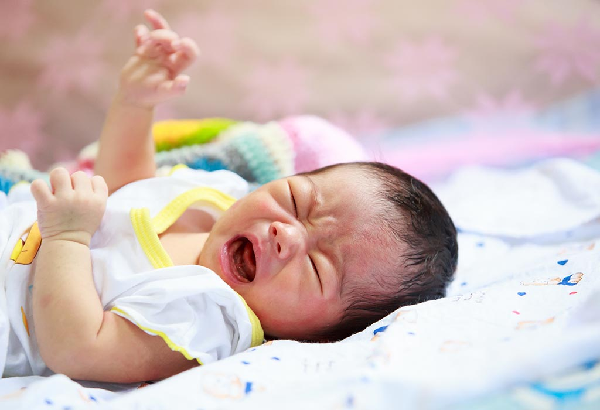
Startle reflex in response to loud noises, sudden movements
2.2 Reaction
Your baby will squeeze her body, throwing her arms up and out. And palms are often clenched, knees bent, and then arms and fists close to their god - as if he were giving himself a hug. A few seconds later, as suddenly as it started, the reflex will also end quickly.
2.3 When does the Moro reflex start?
It is present from birth, but can start as early as 25 weeks after conception.
2.4 When does the Moro reflex go away?
By the time your baby is about 6 weeks old, she'll be adjusting to life outside and feeling more secure with her surroundings (thanks to you). While every baby is different, most parents notice that their baby's startle reflex begins to fade around 3 months and disappears by about 4 to 6 months.
2.5 Causes of reflex formation
Your baby's first attempt to protect himself and explore the boundaries of his world. If your child wakes up startled, wrap him in a diaper to make him feel more secure.
2.6 What happens if there is no Moro reflex?
Abnormalities in the Moro reflex are usually detected by your baby's doctor. But if you notice a change between visits, you should contact your pediatrician right away. They should be able to do a separate test to find out what's going on.
3. Pathological causes that can cause twisting and startling in children:
3.1 Some pathological causes
There are a number of medical conditions that can lead to an infant twisting while sleeping.
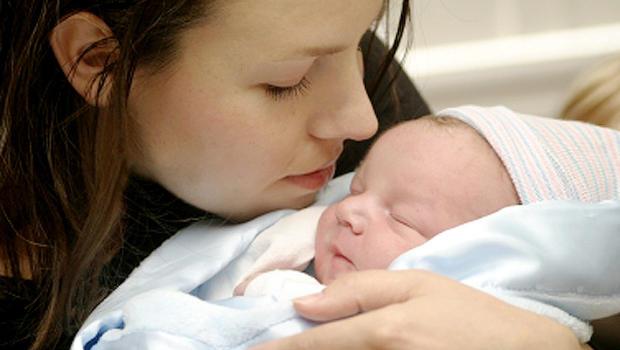
Newborns twisting while sleeping
Common in children:
- Premature birth
- Mother's nutrition is poor
- Not regularly exposed to the sun but do not take oral vitamin D supplements
- Children with low calcium appear symptoms such as baby twists and turns to not sleep deeply, is easily agitated, often fusses at night, has night sweats, hair loss in the shape of a scarf, or vomits, hiccups, and loss of appetite. , growth retardation, motor development delay...Children will show signs of rickets when they grow up.
In addition, babies twisting while sleeping can be caused by skin diseases that cause itching. Insects may have entered the ear, making the child uncomfortable, so he twisted his body.
3.2 Children with gastroesophageal reflux disease:
Due to the characteristics of newborn babies, the lower esophageal sphincter is not fully developed, so it is easy to cause reflux of food from the stomach. Expressed by spitting up milk or spitting up, when the baby twists and turns, it makes the milk overflow, the baby can spit milk… Gastroesophageal reflux can affect sleep. This also makes the child uncomfortable and also leads to twisting. Esophageal reflux can cause complications such as:
- Inhale milk
- Pneumonia
- Slow weight gain…
4. What to do when an infant is twisted while sleeping:
4.1 Check for external factors that can cause children to twist when sleeping, such as:
- Wet diapers
- Room temperature
- Hungry
- Are any areas of the body uncomfortable or unusual…
4.2 Create a favorable sleeping environment for children such as:
- Do not sleep where there is too much noise
- Is the temperature too hot or too cold?
- Changing diapers when diapers cause discomfort
- Sanitize the child's living environment to avoid causing itching
- Comfort and comfort the baby when he is twisted and has difficulty sleeping
When doing these movements, children will feel less anxiety, insecurity and stress when sleeping.
4.3 Sunbathe for children often
Sunbathing helps synthesize vitamin D necessary for calcium absorption, to avoid calcium deficiency, rickets. Children should sunbathe for 15-20 minutes every day. Breastfeed infants under 6 months of age exclusively. Besides, the mother also needs to supplement calcium enough, the calcium requirement for the mother after giving birth is about 1300 mg of calcium per day. Foods that provide enough calcium such as fish, meat, eggs, etc.
4.4 Vitamin D requirements for children
The current recommendation is 400UI per day. For breastfed babies, it is necessary to supplement with 400UI daily, because breast milk has very low vitamin D content, which is not enough for the baby. It can be supplemented by sunbathing every day. However, sunbathing often cannot measure the amount of vitamin D added. Therefore, it is possible to supplement children with vitamin D orally.
4.5 Limiting the situation of gastroesophageal reflux
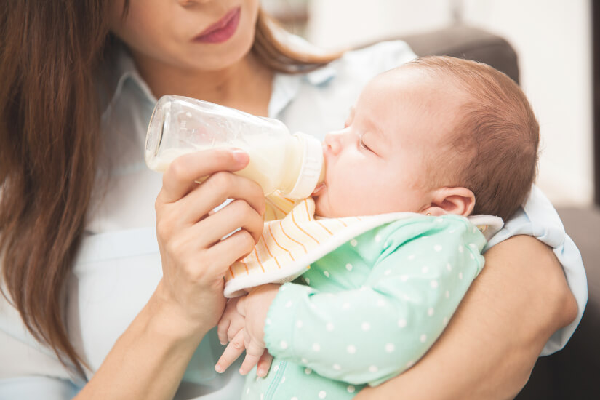
Limiting gastroesophageal reflux
By keeping your baby's head elevated while feeding and after feeding. Do not let the baby suckle too much and divide the meal. Do not arbitrarily use folk methods or tips that affect the baby's health to cure twisting. If you find that your baby's condition does not improve, or is fussy, or does not develop well, you can take your baby to a medical facility for an examination to find out the cause of the baby's condition.
For infants, twisting while sleeping is a common physiological manifestation. Only a few are due to pathological causes. If it is not due to a medical condition, by the time the baby gets older, the baby's tendency to twist when sleeping will decrease.
Dr. Phan Thi Hoang Yen